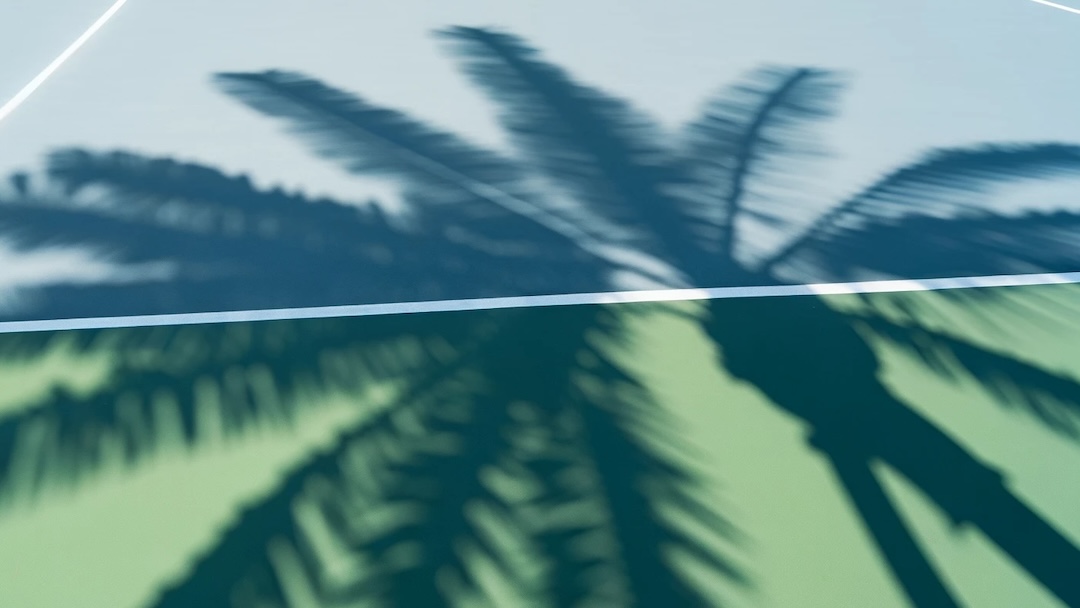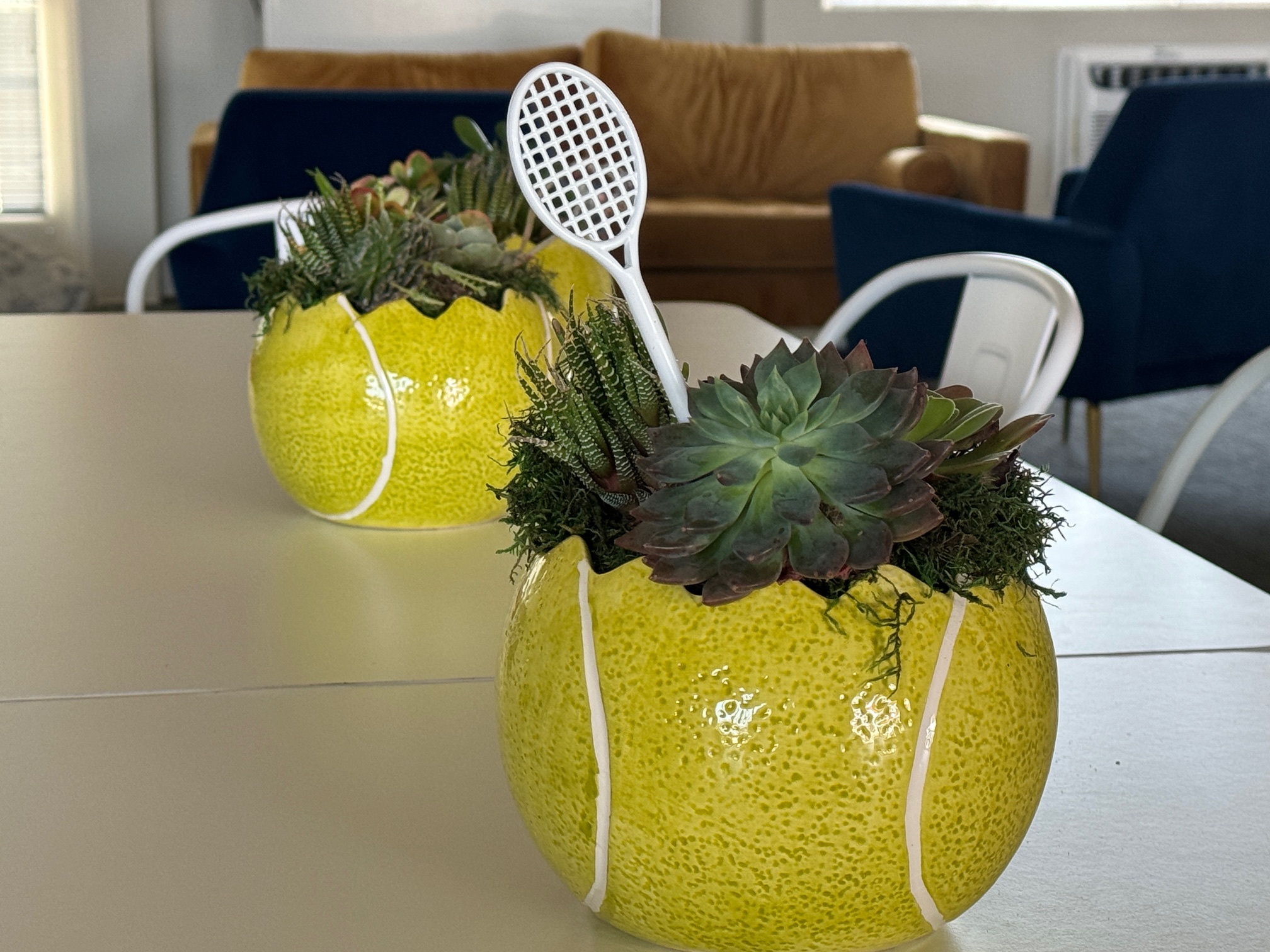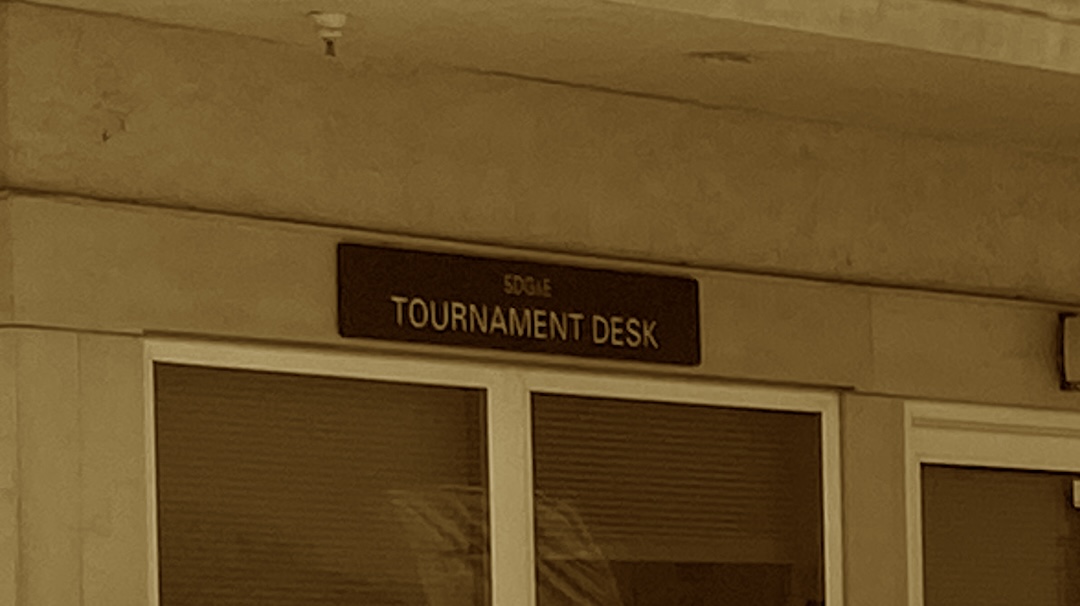The “Courts, Nets, and Appurtenances” chapter in S.C.F. Peile’s ‘Lawn Tennis as a Game of Skill‘ book details his thoughts on the court surfaces that were used in the sport in 1887. Peile asserts that the “lawn” was the only surface on which matches were played in England, and much of this chapter is a basic treatise on why grass is the best surface for lawn tennis.
However, this book also enumerates and offers opinions on other court surfaces used at the time. For example, some courts in England were termed “rinks,” which could be either uncovered or covered. While Peile does not indicate exactly what surface was used for a rink, it was definitely not grass. These courts were said to be useful in winter or when the grass is wet. I am thinking that these were possibly made of wood.
At the time this book was published, India was still a part of the British Empire. Consequently, it was natural for Peile to describe the courts used in that part of the world. India was credited with excellent “lawn” courts, but hard courts made from Portland cement were more common in other parts of the country. Peile observed that these hard courts were very fast and true but were very tiring on the feet and rendered a different game than grass court surfaces. It is pretty clear that he was not a fan of these early hard courts.
This book also describes “chunam” courts, which were made of beaten earth and cow dung. This surface was used when India hosted some Davis Cup ties in the 1960s and 1970s. Peile described chunam as a lively surface where the ball bounced “as high as your head, for no apparent reason.” India was also said to have “mud” courts that played more like grass than the other surfaces.
The American edition of Peile’s ‘Lawn Tennis as a Game of Skill‘ is interspersed with commentary from Richard D. Sears, who was the United States Lawn Tennis Association (USLTA) president and the United States National Champion at the time of publication. In response to a long dissertation on the superiority of courts at the All-England Club, Sears recommended several alternative clubs in the United States, including the Longwood Club in Boston.
Sears also described the dirt and clay courts that had become popular in the United States. However, like Peile, his sentiment was a preference for turf as the best court for “scientific lawn tennis.”
The variety of court surfaces described in ‘Lawn Tennis as a Game of Skill‘ illustrates how the popular sport was adapted to areas where grass courts were impractical. While the bias toward grass was still very much apparent, these alternate surfaces influenced the emergent thinking on the strategy and tactics that ultimately shaped the rules of the game.
- Lawn Tennis as a Game of Skill, S.C.F Peile, 1887.



